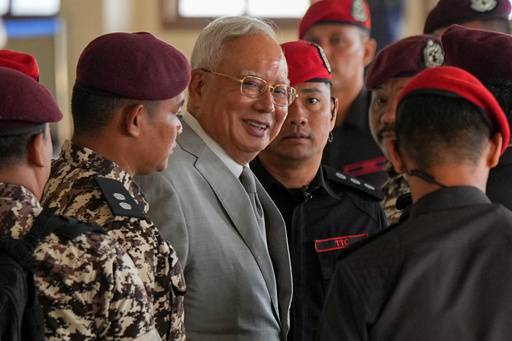A new hope for tuberculosis?

If we can say “COVID is still here,” then what of tuberculosis (TB), which has been around since time immemorial and has killed more Filipinos than the coronavirus, even during the pandemic?
It has been the long-running lament of public health practitioners in the country—myself included—that the magnitude of our TB problem has not received a commensurate response.
One can argue that COVID-19 was exceptional in its scale, having had far-reaching consequences beyond its medical effects, from the social stigma—especially at the beginning—to the economic effects and even the political ramifications that we are still experiencing today. And of course, there’s long COVID, which continues to be a lived experience for many Filipinos.
But TB has far-reaching effects too—and is “long” in definition. Beyond the tens of thousands of yearly deaths in the country, TB continues to be a stigmatized condition, and Filipinos are generalized by other countries as “high risk” for TB, whether in Europe, Australia, North America, and most recently, Japan. Ours is the burden of proof to show that we are not contagious.
Also, unlike COVID-19 which in most cases is self-limiting, active TB calls for at least a six-month regimen of at least four medications, all of which are notorious for their side effects, leading many to drop out and develop drug resistance. As medical anthropologists like Salmaan Keshavjee and the late Paul Farmer have argued, TB has been treatable since 1948 and its persistence around the world has more to do with politics than science, specifically, the failure to address the social determinants of the disease, as well as decades of underinvestment to address it in poorer countries.
Thankfully, recent developments offer a sliver of hope for ending TB in the country.
First, in terms of diagnostics, there is increasing access to GeneXpert, which uses a technology similar to COVID-19 molecular testing to diagnose TB much more sensitively than sputum microscopy—and also in a way that can determine rifampicin resistance. Portable (and “ultraportable”) X-ray systems are also being rolled out, some with artificial intelligence-assisted technology, to expedite case detection.
Second, in terms of prevention, there is now a greater prospect of having a TB vaccine in the future, with over a dozen vaccine candidates—from Australia to South Africa—in the pipeline and at least five of them in the late stages of clinical trails. Although the bacille Calmette-Guérin vaccine has been around since 1921, its protection is inadequate, and a more effective vaccine will constitute a real breakthrough.
Third, there are also potential treatment innovations. Last year, Health Secretary Teodoro Herbosa announced that the Philippines will work toward adopting a four-month regimen instead of the usual six for drug-susceptible TB; there is also a promising regimen (“BPaLM”) that can dramatically reduce the 18- to 24-month treatment time for drug-resistant TB to just six months. Tuberculosis preventive treatment—which calls for treating close contacts and latent TB cases—is gaining ground in terms of evidence, which can lead to a renewed push for it in the country.
Finally and perhaps most crucially, in terms of politics, there is a welcome consensus in the current government that TB should be a priority, with President Marcos himself ordering the Department of Health to prioritize TB (alongside HIV)—and calling for a “whole-of-society approach.” Already, five local drug manufacturers have agreed to heed the President’s call for local manufacturing of anti-TB drugs. International organizations have also been supporting stronger TB action; just last month, the United States (through US Agency for International Development) and the Philippines announced a P1.15 billion partnership to fight the disease, with an ambitious goal of finding and treating 2.1 million TB cases by 2027.
Hopefully, beyond top-down interventions, there will also be investments and participatory efforts to understand the barriers—social, economic, cultural, and geographic—that people face in accessing TB care, as well as identifying facilitators and best practices. Can barangay health-care workers help? How can we realize their potential? And what of the “bantays” and family members? Can we further lower the cost of GeneXpert cartridges? What TB-related misconceptions persist today and how can we address them?
Ultimately, however, it will still be the fundamentals of society and the health-care system that need to be upheld to end TB in the country. Faced with new advancements like chest X-rays and anti-TB medications in the 1950s, a physician by the name of C. Peñaflor warned his colleagues not to pin too much hope on them; instead, he prescribed “a vigorous government program directed to improvement in the standard of living, including provision for housing and social security measures designed to eliminate malnutrition,” alongside nationwide efforts to promote sanitation, health facilities, and “case-finding work.”
“Perhaps all will agree,” he wrote 70 years ago, “that tuberculosis will remain with us as a serious public health problem … until these measures are undertaken.”
Gideon Lasco, physician, medical anthropologist, and columnist, writes about health, medicine, culture, society, and in the Philippines.




















